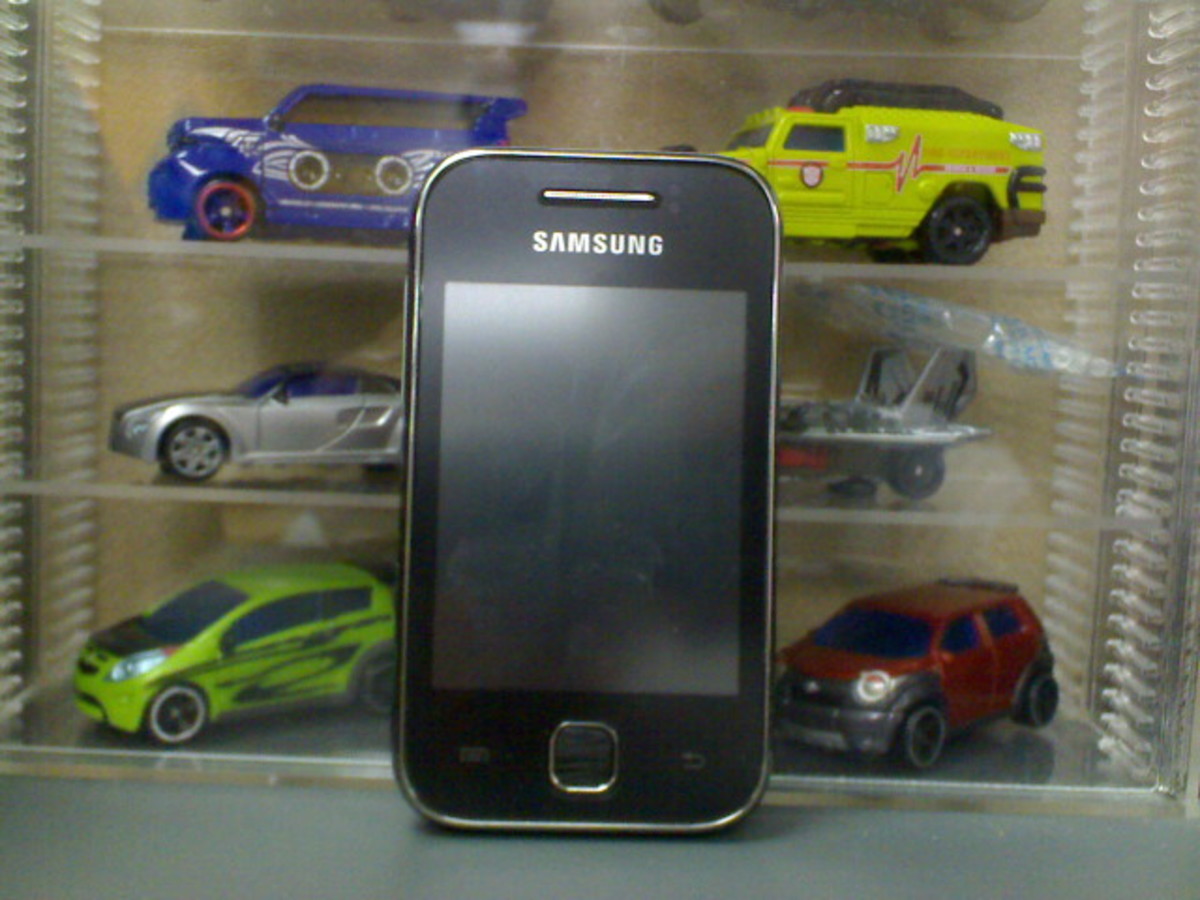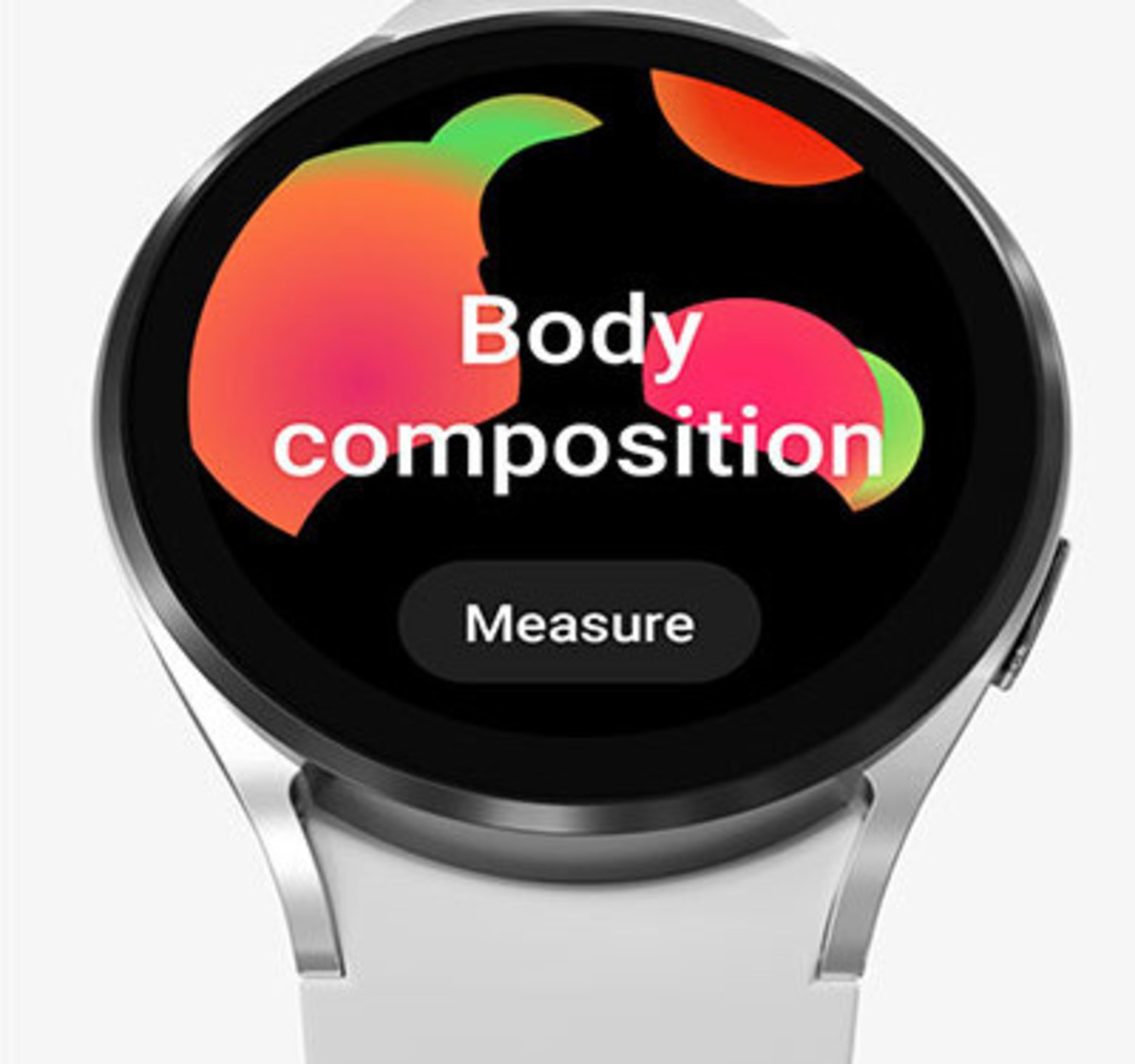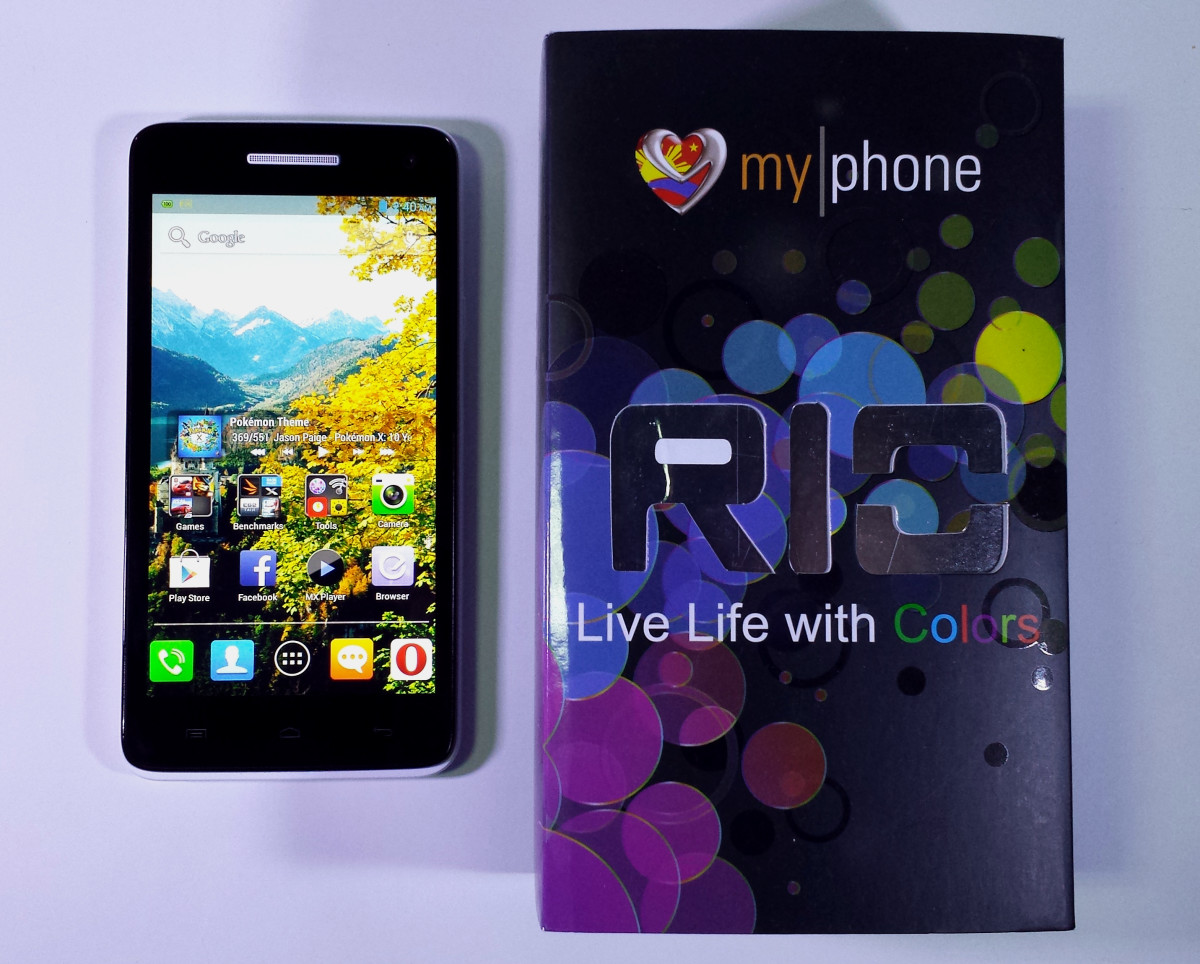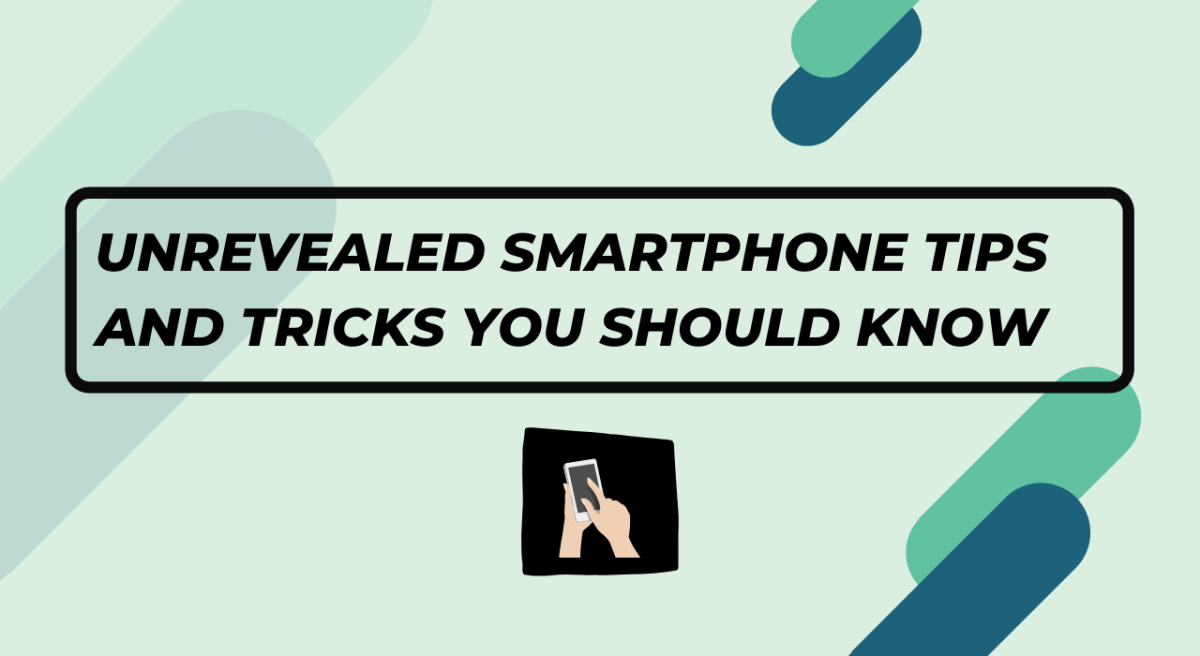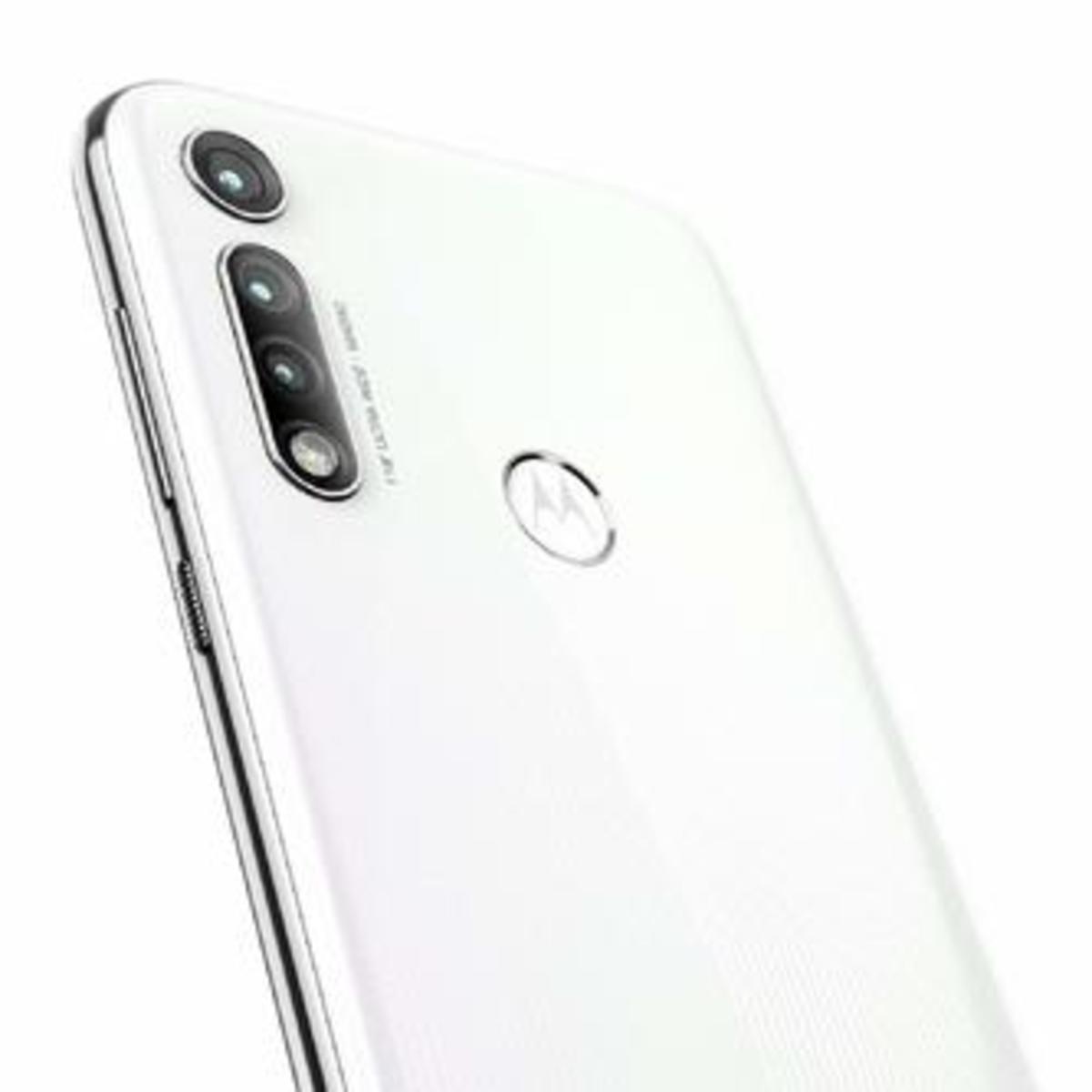Top 6 Smartphones To Consider When Buying

1. Acer Liquid E2
With a quad-core processor and a price under $350, the Acer Liquid E2 seems like an impossible anomaly
First impressions of the Acer Liquid E2 depend on whether you are looking at the build quality or the specifications. Take it out of the box and its $349.99 price tag seems about right because of the build. Look at the specifications and its quad-core processor jumps out as something that warrants a much higher price. In fact, when you weigh up all the pros and cons, the Acer Liquid E2 represents great value for money if you like to get a lot of performance for your cash, not such good value if your priority is a phone that looks pretty.
The Acer Liquid E2 is quite a clunky handset. It is only 9.9mm thick on paper, so hardly over large, but it feels quite sizeable thanks to its somewhat chunky, solid frame. On the front there’s a curved section at the top and beneath that an indented grille that looks like a light but which is in fact just coloured red. It’s a dust trap. The charge light is a tiny dot on the upper-right of the front casing, the opposite side to the front two-megapixel camera.
On the back the design is pretty nasty. It is great that the phone has two speakers, but the round, indented, sliver grilles that sit on the back and shout this out against the black rubbery chassis are not a good look. And because the speakers are on the back and not the front they blast away from you, and if the Liquid E2 is lying down on your desk they get muffled.
The screen is generously sized at 4.5 inches and though its pixel density is not that great at 960 x 540 it is certainly good enough for reading webpages and looking at video. There’s 4GB of built-in storage and just 1.6GB is free, though you can augment it with a micro SD card. The main camera is rated at eight megapixels which is high for a phone at this price. It has a neat mode called MultiView which takes photos as you move around something, and then lets you move through them using a slider. It’s a neat idea but photos we took with it often came out blurred. Acer doesn’t do much skinning to Android 4.2, and that’s not necessarily a bad thing; the quad-core processor here nips along quite nicely.
You do get a couple of apps over and above the Android staples. Acer includes its cloud app – which gives you free cloud-based storage, and there’s also a fi le manager and Polaris Office, a barcode scanner and to-do list app. And a utility for attaching external Bluetooth devices. Overall the Acer Liquid E2 is pretty good value for money in terms of its processor and capability and if your budget is limited it is worth a look. Just be prepared to hide it in a case.
Verdict
Delivers well on performance, less so on design. Take your pick as to which is more important to you
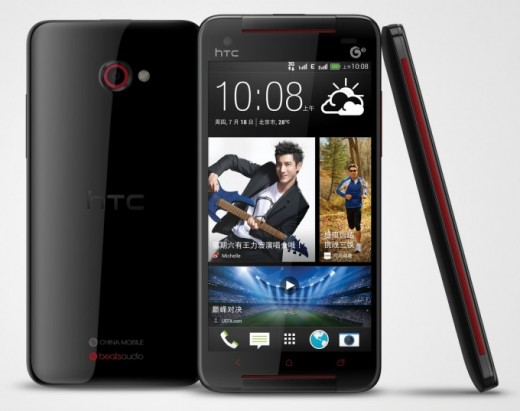
2. HTC Butterfly S: Supersized One
HTC kept everything we liked and disliked about the original Butterfly on its latest “S” iteration. It still has the plastic construction, which is a step down from the anodized aluminum body of the HTC One. While we miss the premium build quality of its hero counterpart, the Butterfly S still feels solid enough on its own. It’s not far-fetched to assert that the Butterfly S embodies the best hardware innovations from HTC at this moment. Other than retaining the design language of the first Butterfly, HTC also draws inspiration from the likes of the One and Sensation XE With Beats Audio.
The signature dual front facing stereo speakers, rimmed with red grilles, are integrated into the design of the Butterfly S. The Butterfly S sports a 5-inch Super LCD 3 display, a panel which is also used in the One and Butterfly models. As such, the viewing experience is similar to the spectacular displays of its siblings. It provides natural and balanced images. Blacks are also sufficiently rich and dark. The Butterfly S runs on Android 4.2.2 Jelly Bean and HTC Sense 5.0.
Lock screen widgets is a dominant feature of Android 4.2 where you can place one widget on each lock screen panel, and up to a maximum of five lock screen panels. The implementation is different on the Butterfly S: HTC only allows you to add one widget to one lock screen panel. In addition, you are limited to adding Google stock widgets such as Gmail and Google Now.
BlinkFeed, a key feature of HTC Sense 5, now allows you to integrate the feed from your Instagram and WeChat onto the home screen. This smartphone is powered by a Qualcomm Snapdragon 600 1.9GHz quad-core processor and 2GB RAM. The Butterfly S took the lead in the Quadrant benchmark from the One with a slightly higher score of 12,608. We found no issues with the performance of the device; it was every bit as snappy and responsive as the other Android 4.2 devices.
The Butterfly S comes with a suite of imaging hardware and software components, such as the 4-megapixel UltraPixel camera sensor and HTC Zoe, resulting in bright and well-saturated images. It also clocked in a battery uptime of 8 hours and 18 minutes in our video loop battery test, which is by far the best we’ve seen from an HTC device. For comparison’s sake, it outlasted the HTC One by four hours.
Suffice to say, HTC has created a very convincing device with the Butterfly S, and it gets a lot of practical requirements right for those looking for a good 5-inch smartphone.
PROCESSOR
Qualcomm Snapdragon 600 (Quad-core, 1.9GHz)
CAMERA
4MP (Main), 2.1MP (Front)
DISPLAY
5” Super LCD 3 (1920 x 1080)
OPERATING SYSTEM
Android 4.2.2 Jelly Bean

3. LG Optimus G Pro: A Show-Stopper
Back in February, LG laid claims to having the first phone using the Qualcomm Snapdragon 600 quad-core processor with its Optimus G Pro. It was also one of the few 5.5-inch phones to come with a Full HD display. Now that there are several phones sporting Full HD displays and Snapdragon 600 processors in the market, has the LG Optimus G Pro lost its shine? Let’s find out. Unlike its 5-inch counterparts, it’s hard to find fault with the material used for the chassis of the Optimus G Pro.
The use of any other material (e.g. aluminum) would have made the 5.5-inch device much heavier. Still, The handling of the Optimus G Pro proved to be a tricky issue for us. We find its glossy plastic rear cover to be slippery, and coupled with the size of the device, we were in constant fear that the phone would accidentally slip out of our grasp.
There is a shortcut button (also known as the Q button) on the top-left side of the device. By default, the Q button activates the QSlide feature, but you can customize the Q button to be a shortcut to almost any app. LG is placing huge emphasis on the 5.5-inch Full HD IPS display of the Optimus G Pro. According to LG, the Full HD IPS display is brighter than the AMOLED displays used by Samsung Galaxy smartphones. LG also made another bold claim that its display consumes a much lower amount of power in any environment.
The Optimus G Pro is powered by a Qualcomm Snapdragon 600 1.7GHz quad-core processor and 2GB RAM, on top of Android 4.1.2 Jelly Bean. With a score of 11,662 in our Quadrant benchmark test, it was significantly ahead of the pack of similarly specced phones. While using the Optimus G Pro, we were generally pleased with the smooth operation of the interface. Loading apps was quick, and interface transitions were snappy.
The Optimus G Pro sports a 13-megapixel rear camera and a front-facing 2.1-megapixel camera. The image quality is quite welcoming as there’s a wealth of details captured with little noise. Moreover, the colors have a neutral feel and aren’t saturated like some of its competitors.
The Optimus G Pro managed to last only 5 hours and 55 minutes in our rigorous video loop test, despite having the largest battery capacity in its class. Its lower battery mileage can be attributed to the higher resolution display which draws more power. A price of PhP 27,990 makes the Optimus G Pro a tempting offer, but you have to be willing to let go of some battery power for the added screen size and speed.
PROCESSOR
Qualcomm Snapdragon 600 (Quad-core, 1.7GHz)
CAMERA
13MP (Main), 2.1MP (Front)
DISPLAY
5.5” IPS LCD (1920 x 1080)
OPERATING SYSTEM
Android 4.1.2 Jelly Bean

4. Samsung Galaxy S4 Zoom: Extremes of Convergence
The Samsung Galaxy S4 Zoom first entered our timeline when it was unveiled at the Samsung Premiere 2013 event in London last June. Barely one month after the launch, Samsung brought the Galaxy S4 Zoom to the Philippines. Billed as the world’s first Android smartphone with a 10x optical zoom lens, the Galaxy S4 Zoom comes with a 16-megapixel BSI CMOS sensor, optical image stabilizer (OIS), and a Xenon flash.
The handset also has a 1.9-megapixel shooter in front and features an ISO range of 100 to 3200. Being equipped with a zoom lens, it is logically thicker and heavier than a usual smartphone, so handling is a bit affected. The zoom lens can be controlled by using either the lens or the onscreen interface.
As part of its camera functions, the Galaxy S4 Zoom features Smart Camera which includes 25 different presets and fun filters. One preset called “Animated Photo” allows users to create GIFs in a snap. Advanced users will appreciate the handset’s Expert mode which allows for manual
tweaking of camera parameters like aperture, exposure, ISO, shutter speed, and white balance.
On the smartphone side of things, the Galaxy S4 Zoom sports a 4.3-inch AMOLED touchscreen with a 960 x 540 display resolution and is powered by a dual-core processor clocked at 1.5GHz, coupled with 1.5GB of RAM. The Galaxy S4 Zoom integrates 8GB internal storage and can accommodate only micro-SIM cards. The device’s capability to directly connect to the Internet through 3G and Wi-Fi enables users to upload captured images on social media instantly. Equipped with an optical zoom lens, the Galaxy S4 Zoom produces images with a good amount of details. Inspite of having a 1/2.3-inch sensor, which is larger than those found on many smartphones, outputs that were taken with the handset still manifested some noise. Its lowlight performance is decent, but we find the Lumia 925 better.
In Quadrant Standard, the Galaxy S4 Zoom scored 4423, which puts it in the same league as the HTC One X. In our battery test, the handset lasted up to 570 minutes, much longer than Sony Xperia Z’s 240 minutes. Both devices come with a 2330mAh battery, but the latter has a larger touchscreen.
The Galaxy S4 Zoom is an iteration of the flagship Galaxy S4 smartphone. Without a doubt, it is seemingly an extreme representation of Samsung’s own concept of merging a smartphone with a digital compact camera.
PROCESSOR
Cortex A9 (Dual-core, 1.5GHz)
CAMERA
16MP (Main), 1.9MP (Front)
DISPLAY
4.3” Super AMOLED (960 x 540)
OPERATING SYSTEM
Android 4.2.2 Jelly Bean

5. Sony Xperia SP: Useful in Many Ways
In most cases, there’s always a middle ground. For tech-savvy individuals who need better performance out of entry-level smatphones, but are not willing to spend for flagship models, there’s often a mid-range lineup to choose from. The Sony Xperia SP belongs in this category, sitting somewhere below the Xperia Z and well-above the budget-friendly Xperia E. The Xperia SP’s body is made of molded aluminum which possesses a solid feel upon holding it. Although the back plate has a matte finish, it is made of plastic that feels flimsy and close to that of lower-end smartphones.
Not deciding to join the 5-inch phablet scene, the Xperia SP measures only 4.6 inches diagonally. As for the thickness of its body, at 10mm, it’s easy to slide in and out of one’s pocket.
Physical buttons are all placed on the right side of the body. Here, the Xperia SP has the volume rocker, power button, and a dedicated shutter button for the camera. Looking closely at its display, the Sony Xperia SP comes with a 720 x 1280-pixel resolution with a pixel density of 319ppi. Overall, the images on the screen displayed hues pretty close to their colors in real life. One thing we noticed, however, was that the picture quality could have been better for a display with an Exmor sensor.
There are three distinct design features on the Xperia SP. First, there is an LED light panel at the bottom of the device which lights up while charging or when a message, call, or notification is received. The second one is the screen’s integration of the Bravia Engine 2 for crisper imagery.
Lastly, the Xperia SP uses an Exmor sensor with its 8-megapixel camera to capture livelier photos To determine how the Xperia SP stands among its segment, we used Quadrant for benchmarking. The Xperia SP’s performance was close to the Xperia Z’s score of 7615, with a score of 7232.
General phone usage proved to be a smooth and fluid experience. As mentioned earlier, the Sony Xperia SP is equipped with an 8-megapixel rear camera and a VGA front camera. While we found its saturation adequate, the blacks weren’t as dark as we expected them to be. As for battery life, the 2370mAh capacity of the Xperia SP lasted 273 minutes against the Xperia Z’s 240 minutes during our intensive video loop test.
The Sony Xperia SP is a good catch in the mid-range category. It doesn’t have the splash and dust resistance of the Xperia Z, but it’s still a tough smartphone with decent performance and unique features for its segment.
PROCESSOR
Qualcomm MSM8960Pro (Dual-core, 1.7GHz)
CAMERA
8MP (Main), VGA (Front)
DISPLAY
4.6” TFT (1280 x 720)
OPERATING SYSTEM
Android 4.1 Jelly Bean
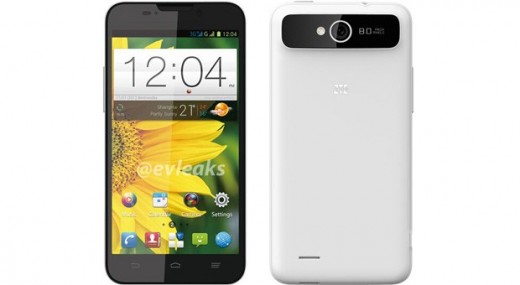
6. ZTE Grand X Quad V987: Quad-Core Kernel
Launched almost a year after the ZTE Grand X V970, the ZTE Grand X Quad V987 seems to offer much more than its predecessor inside and out.
The previous Grand X was known for having the aerodynamics of a car with its curved chassis, and while the Grand X Quad may not have completely mimicked the appearance of its predecessor, it did not deviate far from it with na curvature that allows it to comfortably fit in one hand. The Grand X Quad has a 5-inch TFT touchscreen display, offering a bigger display compared to the earlier 4.3-inch Grand X. The display is equipped with OGS technology that makes the screen clear and vivid even under bright light. The phablet has a length of 141mm, a width of 70mm, and a thickness of 8.9mm. Looking at its profile, the Grand X Quad is a millimeter thinner compared to the Grand X, which has a thickness of 9.9mm.
The rear cover of the Grand X Quad is easy to remove. Doing so exposes the 2500mAh battery which lasted 374 minutes in our video loop test, which is not bad for its size. It also has a memory card slot that’s hot-swappable. This means that you can remove or put in a memory card and access its contents without turning the phone off. The ZTE Grand X Quad is powered by a MediaTek MT6589 1.2GHz quad-core processor with 1GB RAM. It scored 3899 on our Quadrant benchmark test, 13411 on Antutu, and 3110 on 3DMark. It’s at par with other budget quad-core phones such as the Starmobile Knight, Cherry Mobile Cosmos Z, and SKK Mobile Platinum.
Based on actual use, the Grand X Quad was speedy with only minor bumps along the way. The lags are minimal enough to be considered negligible. Its TFT OGS display is a definite plus when using it for multimedia content and gaming. Brands like ZTE are usually associated with budget-friendly devices, and the Grand X Quad is no exception. Having a quad-core processor and a high price tag, the Grand X Quad was able to render a satisfying experience, although it did not give that sparkle provided by a Samsung Galaxy phone or anything of the like. In terms of battery power, it came above the LG Optimus Vu, and came close to premium devices like the Samsung Galaxy S III LTE and Samsung Galaxy Note II LTE.
Overall, the ZTE Grand X Quad V987 is a nifty phone to consider if you are looking for something with quad-core power that is within your shoestring budget.
PROCESSOR
MediaTek MT6589 (Quad-core, 1.2GHz)
CAMERA
8MP (Main), 1MP (Front)
DISPLAY
5.0” TFT LCD (1280 x 720)
OPERATING SYSTEM
Android 4.1.2 Jelly Bean
Phone
| Processor (CPU)
| Price
|
|---|---|---|
Acer Liquid E2
| MTK 6589 Cortex-A7 (Quad-core 1.2 GHz)
| $349.99
|
HTC Butterfly S
| Qualcomm Snapdragon 600 (Quad-core, 1.9GHz)
| $699.99
|
LG Optimus G Pro
| Qualcomm Snapdragon 600 (Quad-core, 1.7GHz)
| $677.99
|
Samsung Galaxy S4 Zoom
| Cortex A9 (Dual-core, 1.5GHz)
| $499.99
|
Sony Xperia SP
| Qualcomm MSM8960Pro (Dual-core, 1.7GHz)
| $379.99
|
ZTE Grand X quad V987
| MediaTek MT6589 (Quad-core, 1.2GHz)
| $237.00
|
Prices vary, and here are just to give you an idea, though many with added features cost more, and also depends on where you buy.
Which of these smartphones did you find more impressive?
6 Apps for Smartphones To Capture, Edit, And Share Your Videos
All smartphones come with built-in video recording functions, but what if you need some additional features or would like a social media aspect in the app? Here are six video apps to help you become a mobile video pro.
Lapse It
Platform: iOS / Android
Price: Free (US$ 1.99 for Pro)
Trying to capture the sunset but afraid the final video may be too long? Use Lapse It, a time-lapse video capture app which not only allows you to capture time-lapse videos, but also stop-motion videos. The free version limits video resolution to 240p, while the Pro version records videos in Full HD glory.
8mm Vintage Camera
Platform: iOS Price: US$ 1.99
Hop on to the retro-style bandwagon with the 8mm Vintage Camera app. This app lets you select various old-school films and lenses to achieve a retro look for your video. The best part is that changes are live, so you can see the effects happening right on the app’s viewfinder.
Vine
Platform: iOS / Android
Price: Free
Before Instagram introduced video recording, there was Vine. A standalone video app rolled out by Twitter, Vine encourages creativity and allows users to post only six-second videos. While Vine doesn’t have nifty filters like Instagram, it has a neater interface and loops your videos.
Instagram
Platform: iOS / Android
Price: Free
The app that launched the craze for retro images, Instagram, has recently added another feature: video. Instagram has also provided 13 filters for video and lets users record up to 15 seconds of moving images, which is longer than Vine and allows for longer storytelling.
Gif Camera
Platform: Android Price: Free
The default camera app might suffice for some of us, but why record boring videos when you can create an animated gif? Record funny or embarrassing moments of your family and friends and save them as animated gifs with this app so you can easily share them with the world.
ProCamera
Platform: iOS Price: US$ 4.99
ProCamera is not only a popular camera app, but works well as a video capture app too. There are lots of features, such as a live histogram and the ability to manually set exposure and focus. The app allows for Full HD video capture while providing a higher level of control over the camera settings.

